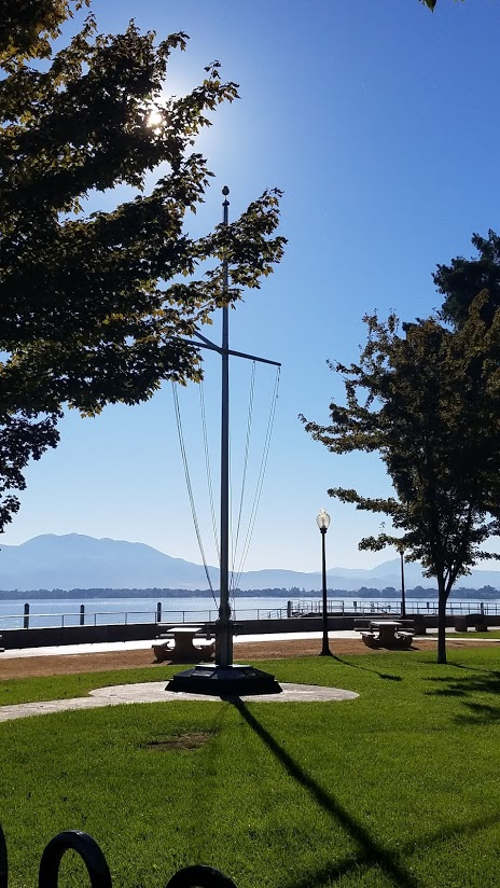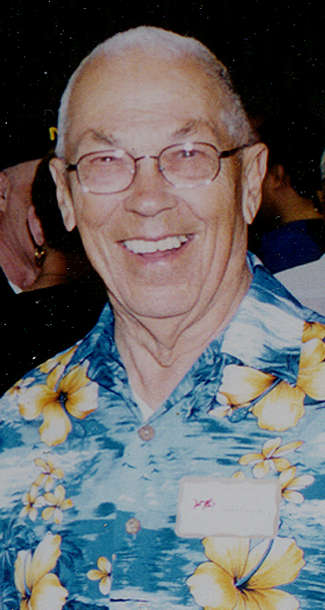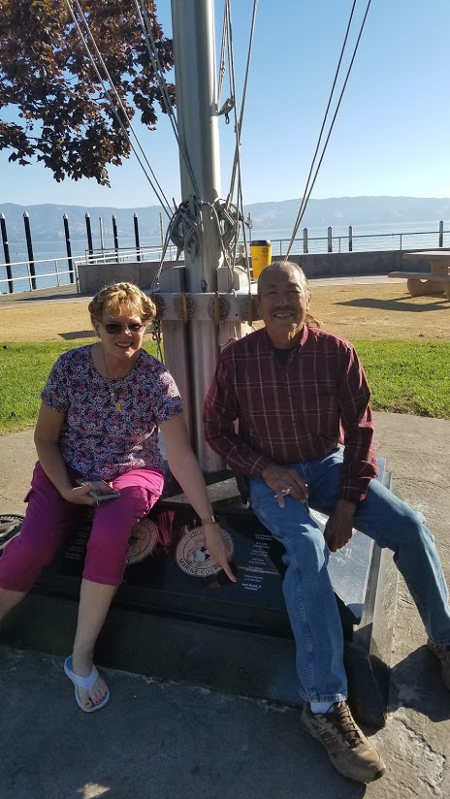- Elizabeth Larson
- Posted On
As COVID-19 cases rise, state prepares to implement regional stay home orders
“If we don’t act now, our hospital system will be overwhelmed,” and the death rate will continue to climb, Newsom said.
Statewide, Public Health departments on Thursday reported more than 1,285,900 cases and nearly 19,600 deaths.
In Lake County, Public Health officials reported 995 confirmed cases on Thursday, with 21 deaths. At that time, 12 residents were reported to be hospitalized, a figure that has doubled over the past week.
Newsom said that pursuant to the state’s Blueprint for a Safer Economy, he is pulling an emergency brake meant to address the late fall case surge.
To blunt the surge and save lives, he is planning to issue regional stay home orders that are fundamentally predicated on the need to avoid meeting with people outside of one’s household, to keep most activities outside and to use face coverings, which Newsom is the “most important nonpharmaceutical intervention.”
All nonessential travel is temporarily restricted statewide as well, the governor said.
The regional stay home orders are based on a breakdown of the state into five regions:
– Northern California: Del Norte, Glenn, Humboldt, Lake, Lassen, Mendocino, Modoc, Shasta, Siskiyou, Tehama, Trinity.
– Bay Area: Alameda, Contra Costa, Marin, Monterey, Napa, San Francisco, San Mateo, Santa Clara, Santa Cruz, Solano, Sonoma.
– Greater Sacramento: Alpine, Amador, Butte, Colusa, El Dorado, Nevada, Placer, Plumas, Sacramento, Sierra, Sutter, Yolo, Yuba.
– San Joaquin Valley: Calaveras, Fresno, Kern, Kings, Madera, Mariposa, Merced, San Benito, San Joaquin, Stanislaus, Tulare, Tuolumne.
– Southern California: Imperial, Inyo, Los Angeles, Mono, Orange, Riverside, San Bernardino, San Diego, San Luis Obispo, Santa Barbara, Ventura.
Newsom said the regions were considered and constructed based on the preexisting mutual aid system in the state.
Dr. Mark Ghaly, California Health and Human Services secretary, said they are using a regional approach in part because that’s how hospitals and health care delivery systems work; when capacity can’t be met within a specific county they lean on neighboring counties and systems for assistance.
The public health order that includes the regional stay at home order framework takes effect at 12:59 p.m. on Saturday, Dec. 5.
Thereafter, if a region falls to a point that’s less than 15 percent of the intensive care unit threshold, it will have 24 hours to implement the stay at home order. Newsom said it will remain under the order for three weeks.
The counties in those regions will face additional restrictions, with temporary closures to take place for bars, wineries, personal services, and hair salons and barbershops, he said.
He said schools that have received waivers, critical infrastructure, retail (with occupancy at 20 percent capacity to reduce exposure) and restaurants – takeout and delivery – will be allowed to remain open.
The state said hotels and lodging will only be allowed to open for critical infrastructure support in areas under the stay home orders, while entertainment production including professional sports will only be allowed to operate without live audiences and places of worship will have to have outdoor services only.
With the exception of the Bay Area, all of the regions are expected to fall below the 15 percent ICU capacity by early December, with the Bay Area to hit that mark later in the month.
The Northern California region, which includes Lake County, is the area closest to falling below that trigger level.
On Thursday, the state said the Northern California region’s ICU capacity was at 18.6 percent.
The California Department of Public Health reported ICU capacity for the other regions as follows:
– Bay Area: 25.4 percent.
– Greater Sacramento: 22 percent.
– San Joaquin Valley: 19.7 percent.
– Southern California: 20.6 percent.
Newsom encouraged people to stay active and healthy by going outdoors to parks, hiking, biking, fishing, doing yoga and meditation, walking dogs, running with a partner, skiing, snowboarding and sledding.
He said this is a temporary moment. “This is not a permanent state,” but a situation that many had predicted, Newsom said.
Newsom said this is the final surge in the pandemic and that real progress with the vaccine is only a few months away.
“We do not anticipate having to do this once again,” but everyone needs to step up, Newsom said.
The governor said the state is doing everything in its power to help hospitals prepare for the surge while also supporting businesses and workers impacted by COVID-19.
Newsom said 11 facilities outside of the state’s health care system are being prepared to accept patients. Those facilities are located in Contra Costa, Fresno, Orange, Riverside, Sacramento, San Diego, San Francisco, San Mateo and Tulare counties.
The most notable of the facilities is the Arco/Sleep Train Arena practice facility in Sacramento, which will be able to accept 224 patients, Newsom said.
Newsom also reported that California now has 14,233 ventilators in the state inventory, with 6,996 still available in hospitals.
The governor said the COVID-19 vaccine is also set to arrive this month, with the state anticipating receiving 327,000 doses from Dec. 12 to 15.
He said the plan is to distribute those vaccine doses first to acute care, psychiatric and correctional facilities, skilled nursing and assisted living facilities, frontline medical and emergency workers such as paramedics and EMTs, dialysis centers, home health care and in-home support services workers, community health workers and Public Health field staff, primary health care clinics, specialty clinics, laboratory workers, dental and oral health clinics, and pharmacy staff.
Email Elizabeth Larson at This email address is being protected from spambots. You need JavaScript enabled to view it.. Follow her on Twitter, @ERLarson, or Lake County News, @LakeCoNews.












